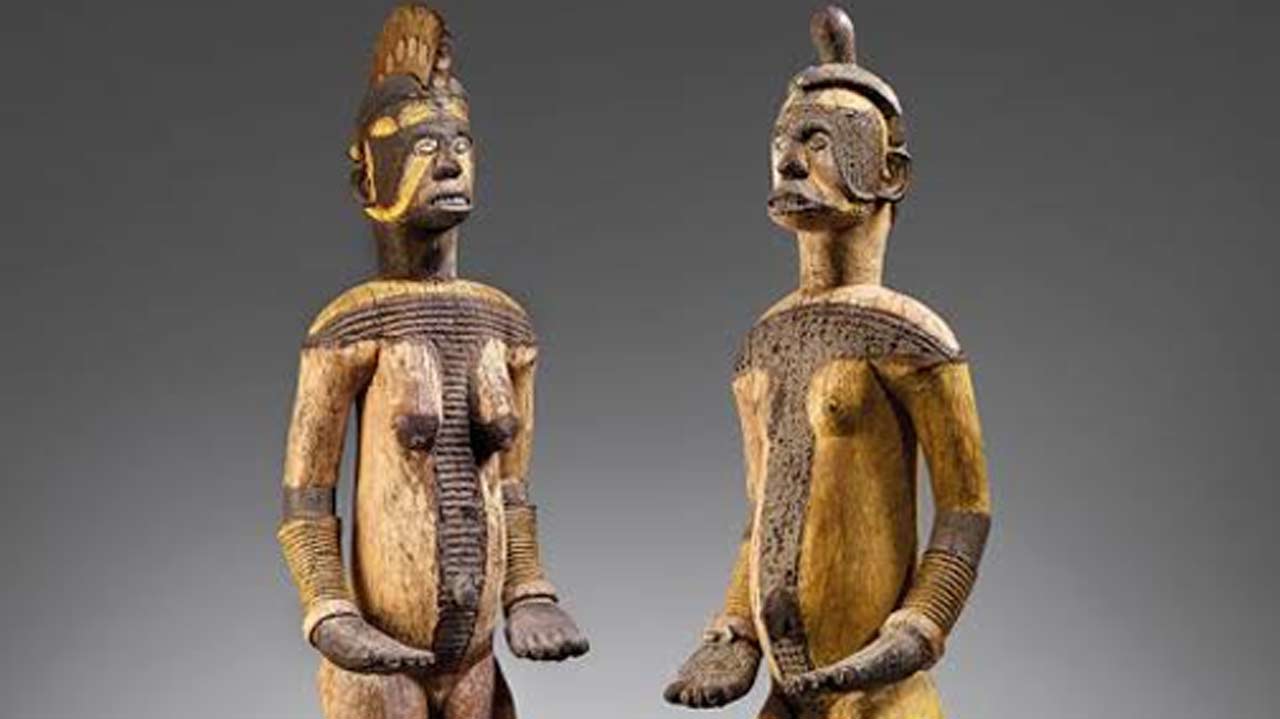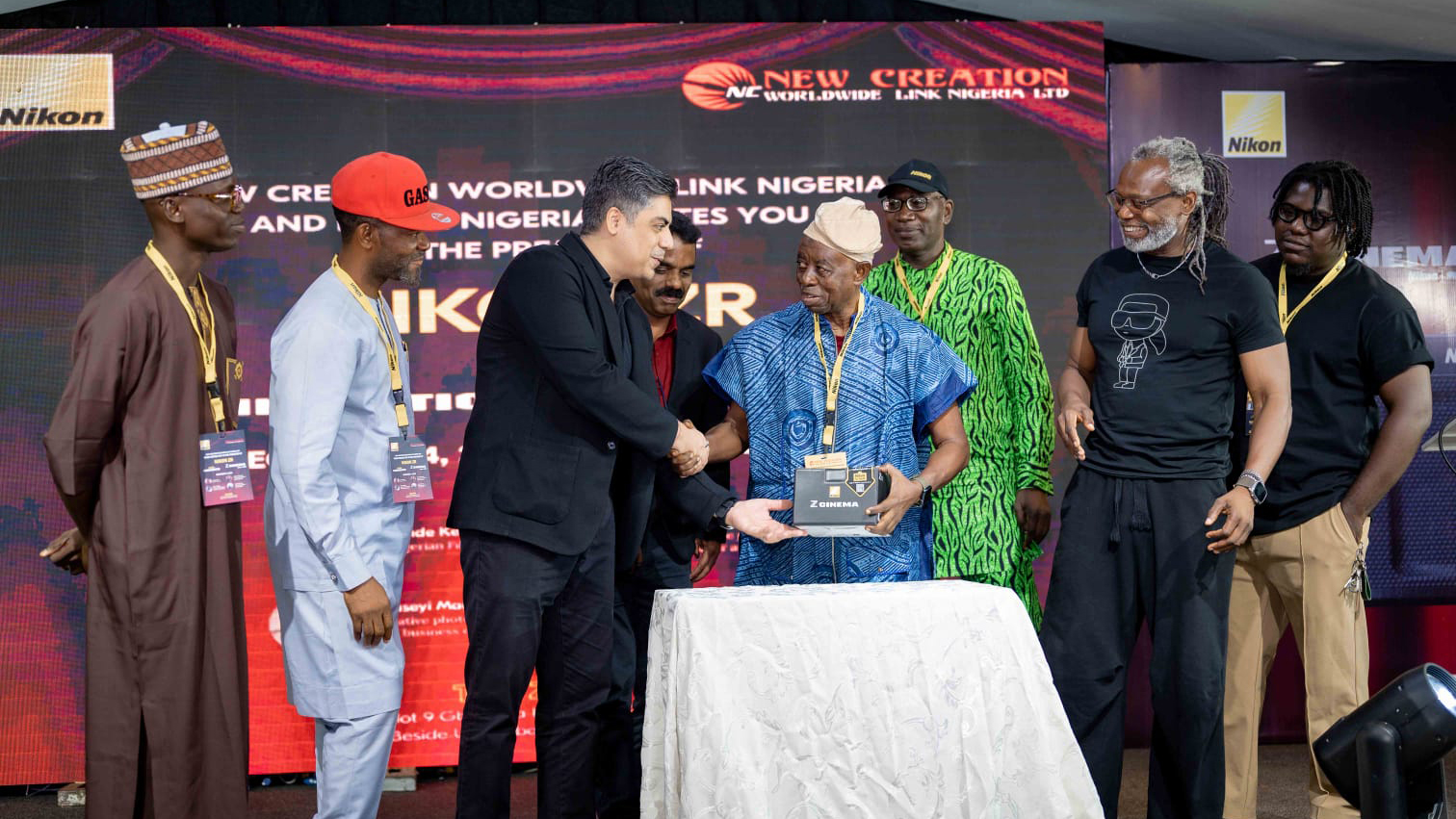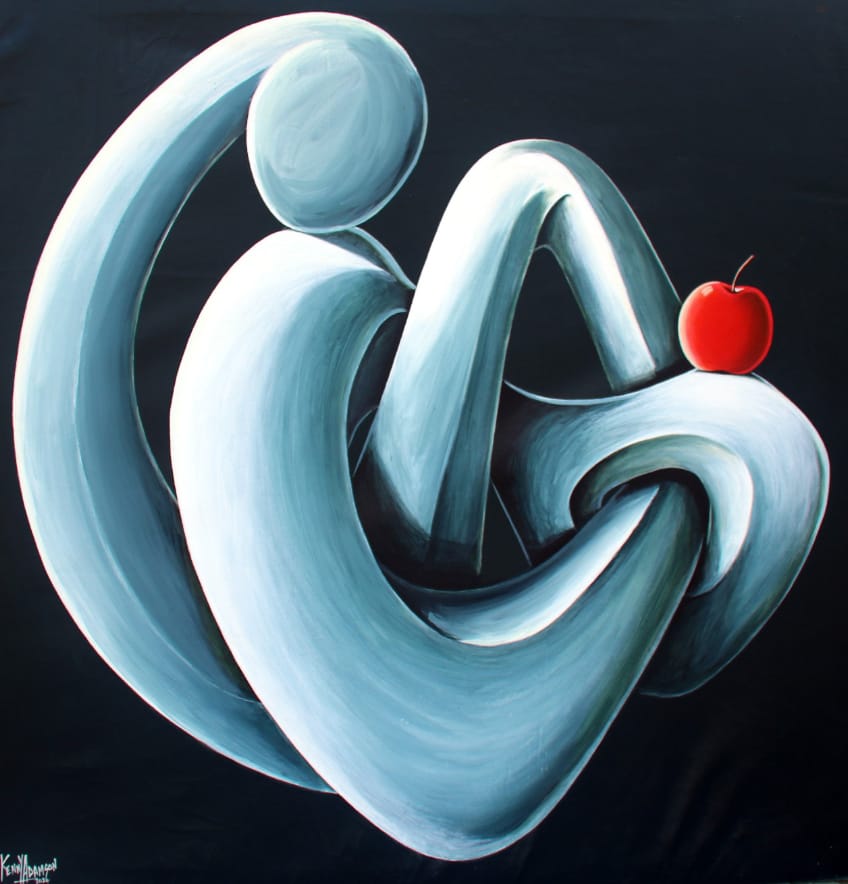
About three weeks ahead of Christie’s and Sotheby’s sales of suspected illicit African artefacts, a ruling by the US Court of Appeal has strengthened the power of a sovereign state to stop commercial transaction of cultural objects.
In 2018, Greece prevented Sotheby’s from selling an ancient equestrian statue over questionable provenance and demanded that the sculpture be returned to the country. In response, the auction house challenged Greece’s claim in court.
And on June 9, 2020, the US Appeal Court ruled that Sotheby’s couldn’t sue Greece because the country’s interest in the artefact was non-commercial. Later this month, specifically, June 29, artefacts of West African origin, including some from Nigeria, Gabon and Benin Republic are going on sales at both Christie’s and Sotheby’s different auctions. Also, two weeks ago, a notice to stop sales of Nigerian origin artefacts by Barakat Gallery, London, UK and Seoul, South Korea was issued.
Like the contentious equestrian object, the African artefacts that the auction houses have publicised for sales carry questionable provenance. However, unlike the Greece’s situation, a legal process is not likely to open ahead of the sales.
As at the time of going to press, Nigeria’s National Commission for Museums and Monuments (NCMM) was already involved in some other cases to stop suspected sales of stolen cultural objects.
For the proposed Arts of Africa, Oceania and North America sales in Paris, some sculptures with Nigerian, Benin Republic and Gabonese origins also come with doubtful provenance. Listed among the lots in the online catalogue of Christie’s website for the June 29 auction are Belt Mask Edo and Edo Hip Mask (Kingdom of Benin), selling for Euro 10,000-15,000 ($11,247-$16,870); Edo Bronze Plate, estimated at Euro 30,000-50,000 ($ 33,740 – 56,233); Pair of Igbo Statues, which is selling for between 250,000 and 350,000 Euro; Urhobo-Meeting- House Posts is estimated for Euro 80,000-120,000 ($89,973-134,959) and Urhobo Figure, going for between 600,000 and 900,000 Euro ($674,797-1,012,195).
With no specific dates for any of the works, the provenance has created a deliberate distraction, perhaps meant to prevent any spotlight on the works as being from the Red List of UNESCO. Among the works described by UNESCO under its Red List are artefacts and other cultural objects not approved for export by country of origin.
Christie’s described Belt Mask Edo and Edo Hip Mask as sourced from Robert L. Stolper, Stolper Galleries, New York, but ‘acquired’ via the collection of James and Marilynn Alsdorf, Chicago, on April 24, 1961. How the foreign collectors got the works directly or not, from Nigeria, is not explained in the auction house’s provenance.
Also, lacking appropriate provenance are the Igbo Statues, described by the same auction house as from Jacques Kerchache Collection, Paris, Ana and Antonio Casanovas & Bernard de Grunne, Madrid / Brussels, 2010. Similarly, the Urhobo Meeting House piece on the list is said to be of Count Simon du Chastel (1926-2014), Brussels, acquired in 1972 from Philippe Ratton and Daniel Hourdé, Paris. In all, the artefacts do not have any date to place them, either as modern or ancient. From all indications, the collectors’ legitimacy in acquisitions of the African works being put up for sales by Christie’s and Sotheby’s have not been established. Basically, the date of an art piece, mostly of suspected artefact status, provides an easy ground to track its origin. None of the African art pieces for both the auction houses were dated.
Prof of Art History at the African and African Diaspora Art, Princeton University, Department of Art & Archaeology, Chika Okeke-Agulu, who, two weeks ago, raised the alarm over Christie’s decision to sell the Igbo Statues — has continued to challenge the auction house’s proposed sales. Perhaps the age or date of the Igbo pieces, if available, could give a path into whatever the auction houses might be hiding.
Prof. Okeke-Agulu said, “I cannot provide a definite answer,” as regards the age of the sculptures. “But, they were taken from shrines and community houses in Eastern Nigeria between 1968 and1970,” he stated via email.
He explained that being of wood medium, irrespective of how old the works are, the condition would still be fairly good. He suggested that the sculptures “must have been made in the 20th century, with a few perhaps even late 19th century.”
With or without evidence of illicit trade against Christie’s, NCMM, on Wednesday, said, “we are tracking the situation.” Babatunde Adebiyi, legal adviser at NCMM disclosed that the commission was already gathering information and would respond adequately.
Less than 24 hours after, NCMM stated that a letter dated June 17 has been sent to Christie’s, requesting the auction house to stop the proposed-sales.
The letter, addressed to Victor Teodorescu, Head of Sale, African and Oceanic Art Department, Christie’s Gallery was also copied Bruno Claessens, European Head of the African and Oceanic Art Department Christie’s Gallery.
Signed by the Acting Director-General, NCMM, Aliyu Abdu, excerpts from a copy of the letter received by this writer reads: “We are surprised to discover the advertisement of the under-listed artefacts on your website for a planned auction scheduled to hold on June 29, 2020, 3:00pm at 9 Avenue Matignon, Paris. France.
“These artefacts as you have stated are from Nigeria and they lack the proper providence. We thus request that you suspend the auction and provide us with the provenance of these artefacts because we are of the opinion that they belong to classes of antiquities that Nigeria will object to their exchange or transfer.
“Some of them are not just mere objects in some fancy collection. They have sacred purposes within the community.”The letter listed Lots 29, 30, 31, 47 and 49 as the contentious artefacts.
For Sotheby’s sales come provenance of a work taken from 1931, and described as “African reliquary” sculpture, of which the auction house provided no details of origin. Scheduled for sale at Sotheby’s evening of contemporary art in New York’ June 29, the statue has been labelled after one of its collectors, by the auction house, as ‘The Clyman Fang Head.’
Clearly, the sculpture has all the suspicions of going under the hammer without its origin known. The provenance available includes its movements from one collector to another after it first appeared in 1931. In fact, the name of the sculpture is derived from what appears as its second or third collector.
From Sotheby’s statement, no date, or cultural location in Africa was mentioned, even if the piece were of ancient origin.
“We are excited to present the exquisite Clyman Fang Head to a new audience of collectors for the first time in our Contemporary Art Evening auction,” David Galperin, Head of Sotheby’s Evening Auction of Contemporary Art in New York stated. “Beyond its renown as a legendary icon of classical African Art, what struck me about this singular sculpture when I first saw it in the Clyman home alongside their collection of Post-war art was how its form appeared so radical and purely modern.”
With presale estimate of between $2.5 million and $4 million, the piece is being featured alongside masterpieces from artists such as, Clyfford Still, Francis Bacon and Jean-Michel Basquiat. “The sculpture last appeared on the market in 1992 when the Clymans acquired it at auction in New York,” Sotheby’s disclosed.
While the date of the work, its cultural or religious link to specific place in Africa and artist are unknown, the provenance tracks index collection to Charles Ratton, the popular Parisian patron of African art. The provenance explains how, in the 1930s, a modern art curator and writer, James Johnson Sweeney, acquired the head from Ratton. And with the assistance of Ratton, Sweeney “organised the legendary 1935 exhibition African Negro Art at the Museum of Modern Art in New York.”
In his comment sent via Internet, Prof of Art, Dele Jegede of Miami University, Oxford, Ohio, U.S, described Sotheby’s inadequate provence of the works for sale as unprofessional re-branding. “I am apoplectic reading Sotheby’s flagrant and shameless re-branding of this exquisite Gabon mask as Clyman’s Collection.” Jegede traced such distortion to an unrepentant tradition of derogating African origin, in cultural context. “This whole episode strongly reifies the old, time-worm method of first de-legitimising Africanity, then forcibly stealing it only to finally appropriate and monetise it.”
He also highlighted a deliberate creation of anonymity being given the work on the commercial platform. “Equally on display in this ceaseless assault on Africa and its commonwealth is the shameless ploy of ascribing indigenous African art to the realm of anonymity: no name of artist, no name of work, place, or purpose for which the piece was made. Oh, excuse me; it is now to be known as Clyman Collection, right? Oh well… we’re back to where we started.” He asked: “who determines the value placed on this piece of unacknowledged and looted art?”






